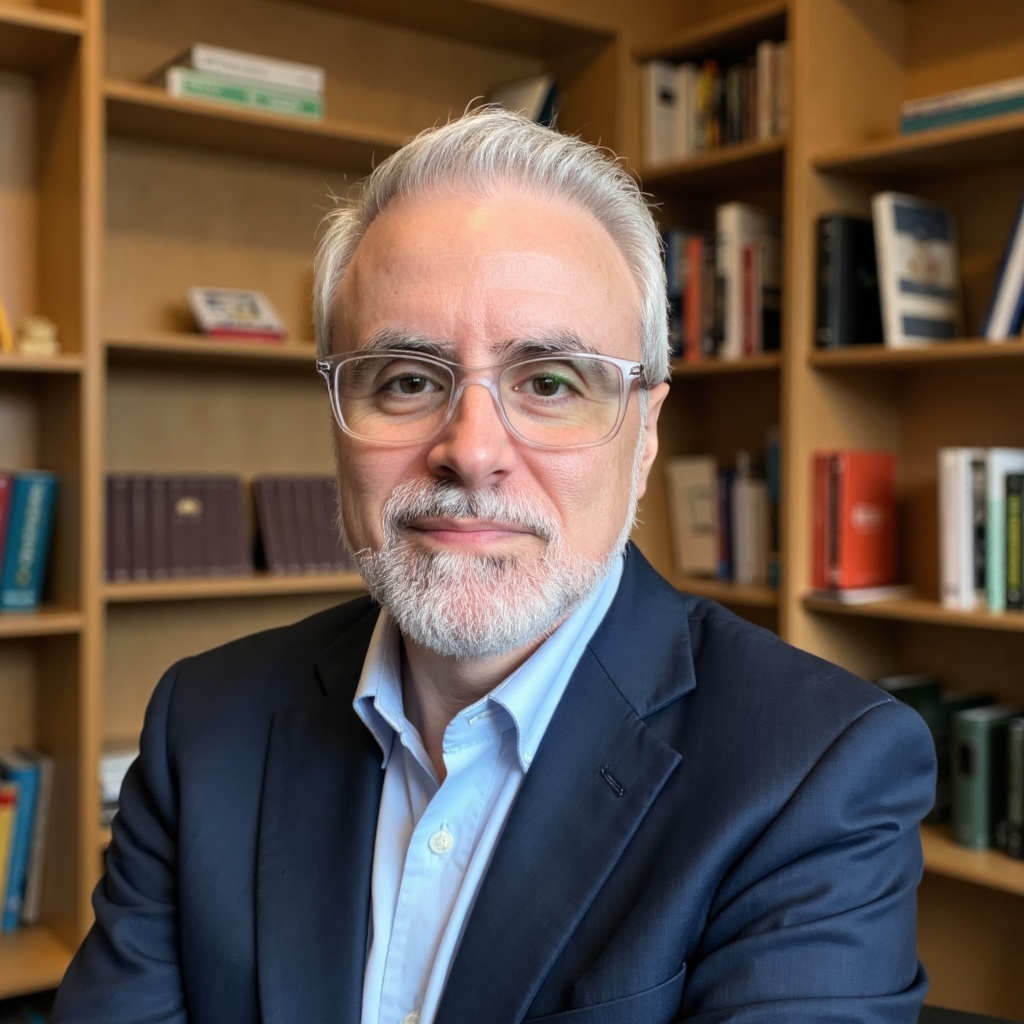Short Bio:
Blaine Bettinger, Ph.D., J.D., is a professional genealogist specializing in DNA evidence and the use of artificial intelligence for genealogical research. He is the author of the long-running blog The Genetic Genealogist, and frequently gives presentations and webinars to educate others about the use of DNA and artificial intelligence.
Long Bio:
Blaine Bettinger, Ph.D., J.D., is a professional genealogist specializing in DNA evidence. In 2007 he started The Genetic Genealogist (www.thegeneticgenealogist.com), one of the earliest blogs on the topic. Blaine is the author of The Family Tree Guide to DNA Testing and Genetic Genealogy, and co-author with Debbie Parker Wayne of the award-winning Genetic Genealogy in Practice, the world’s first genetic genealogy workbook. He also co-authored “Genetics for Genealogy” with Judy Russell in 2018’s Professional Genealogy: Preparation, Practice & Standards (ProGen PPS) (Elizabeth Shown Mills, Author and Editor).
Blaine is or has been an instructor for genetic genealogy courses at the Institute of Genealogy and Historical Research (IGHR), Salt Lake Institute of Genealogy (SLIG), Genealogical Research Institute of Pittsburgh (GRIP), and Virtual Institute of Genealogical Research. Blaine is a graduate of ProGen Study Group 21, a trustee for the New York Genealogical and Biographical Society, and a member of the DNAngels Board of Directors since 2022 (President since January 2023), and a member of the Scientific Working Group on DNA Analysis Methods (SWGDAM) “Investigative Genetic Genealogy Working Group” since 2019. He is also the founder in 2017 of Genetic Genealogy Tips & Techniques, a very active Facebook group with more than 75,000 members.
Presentations:
For information about my available presentations see: https://thegeneticgenealogist.com/presentations/
Photograph (to be used only with permission, click to enlarge):


Do you have any updates on the three big DNA services which are more recent?
Do you have links to any web sites which do?
Thanks.
Can you get back with me about this form of genealogy i love love to do my research but wish to perfect my skill set can you refer me to official training modules etc?
Hi Blaine,
I work with The California Genealogical Society as the marketing director/blog editor and would like to use your headshot in various blog posts that we will have coming up to promote your March 2018 event with us.
Would you grant me general permission to use the above headshot in promotional materials & blog posts?
Thank you,
Shannon Reeese
I am the Vice President – Programs for the Clark County Nevada Genealogical Society and would like to know if you would consider presenting via GoToMeeting?
The date is October 20, 2018 at 11:00a.m. PST
Thank you for considering this request
Hi Blaine, I contacted you about the year 2008 about my theory of my ancestor being the Lost King of France born in 1785 and came to America as a stow -a-way on a boat. I had my brother’s DNA test done at the time. Well now I have had his DNA tested with the R-Z381 and it has confirmed that my brother has this. They explained to me that King Louis XIIi had this mutation and that three of his proven and known descendants had this test taken and it was confirmed that this test proved that they were descended from the Royal Kings of France in the Bourbon line. Since this DNA test I had done on my brother was a mtDNA test wouldn’t it go directly back on the male line? If so, wouldn’t this be showing that my theory was correct? This Denis Beauregard says that the connection would be 4,800 years ago since it shows in the 67 test. I am not sure I understand why he is saying this. I hope you can help me with this. I know at the time you told me to find some descendants of the Kings of France to compare my brother’s DNA to. Thank you for an answer.
I read through your Version 4 report today, great work and the sample is large enough so the results are statistically significant. I still have difficulty visualizing the relationship between the length of a single and all the possible relationships that could create that length. I took the liberty of downloading the data from the Relationship Chart Table, pages 52, 53 and plotted the data in a different format to show the relationship between match length and the biological relationships.
I can send a copy if you are interested.